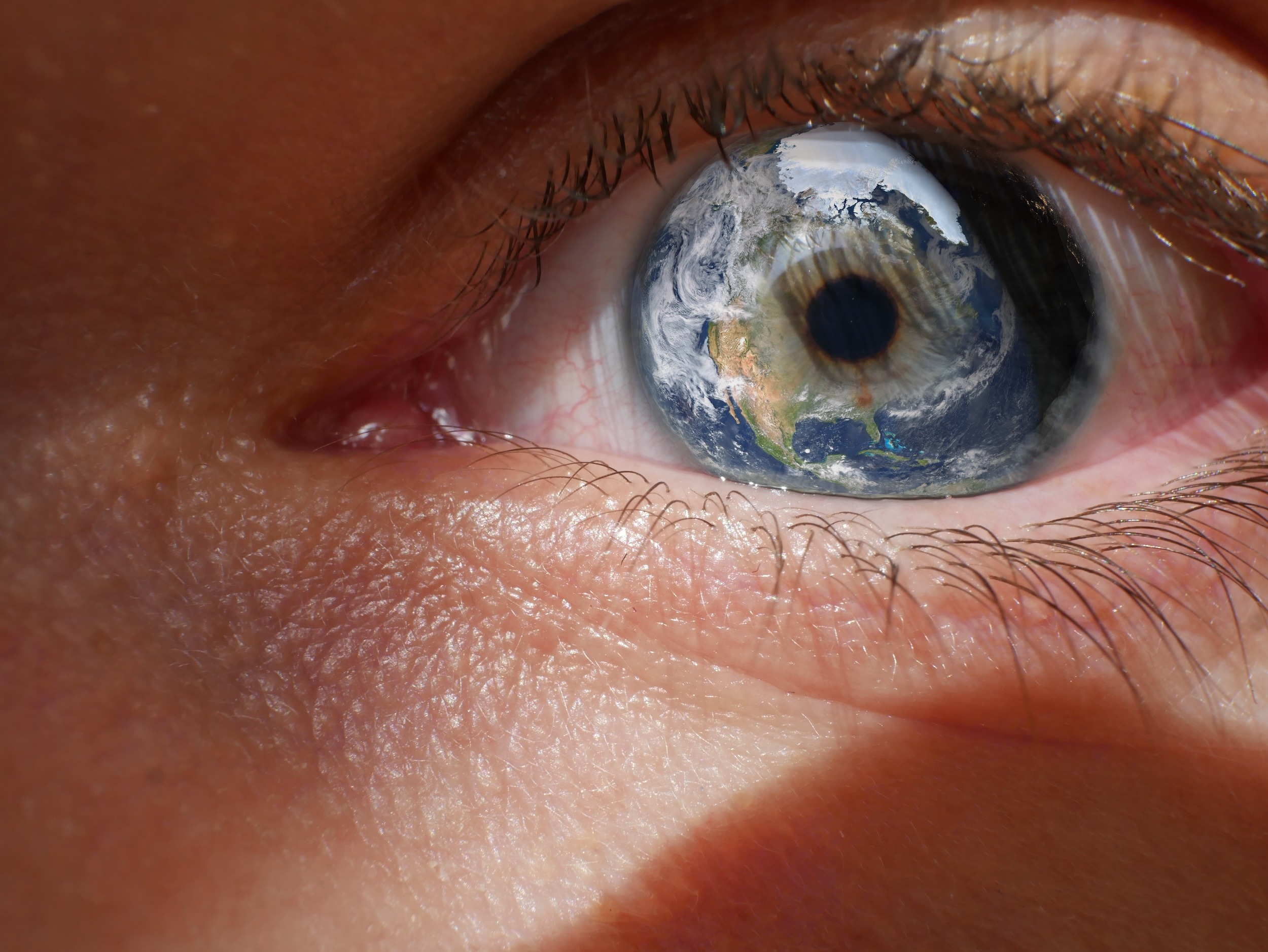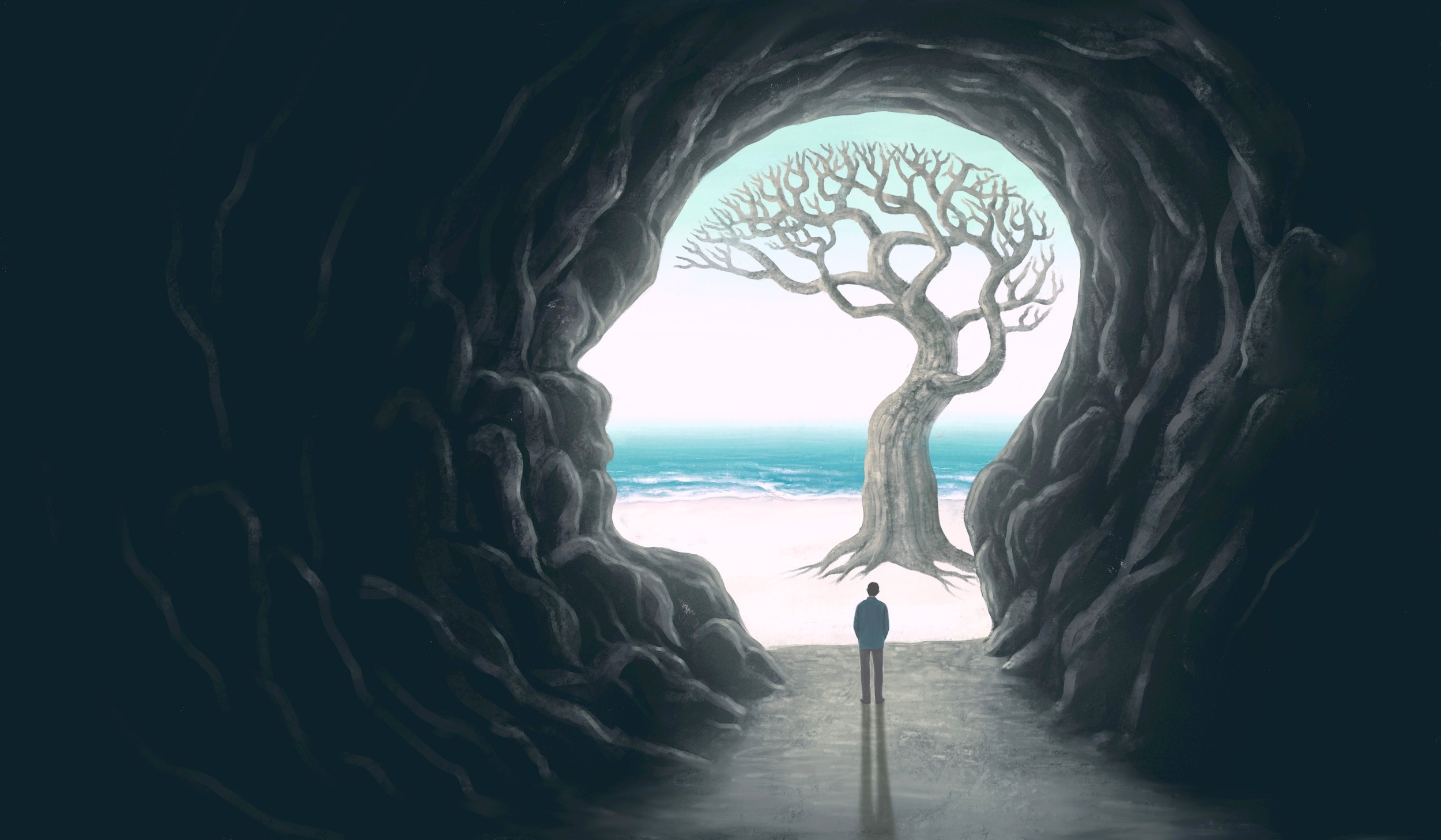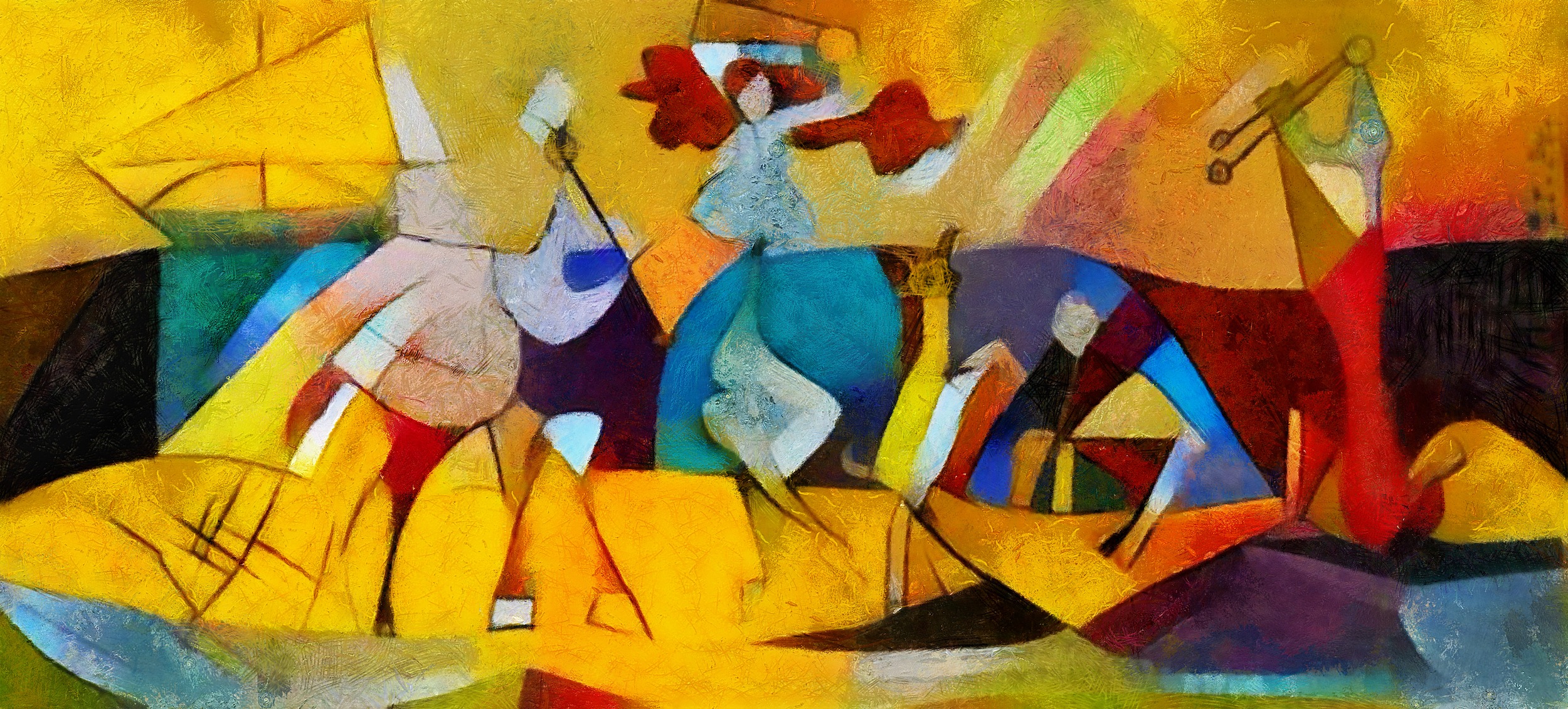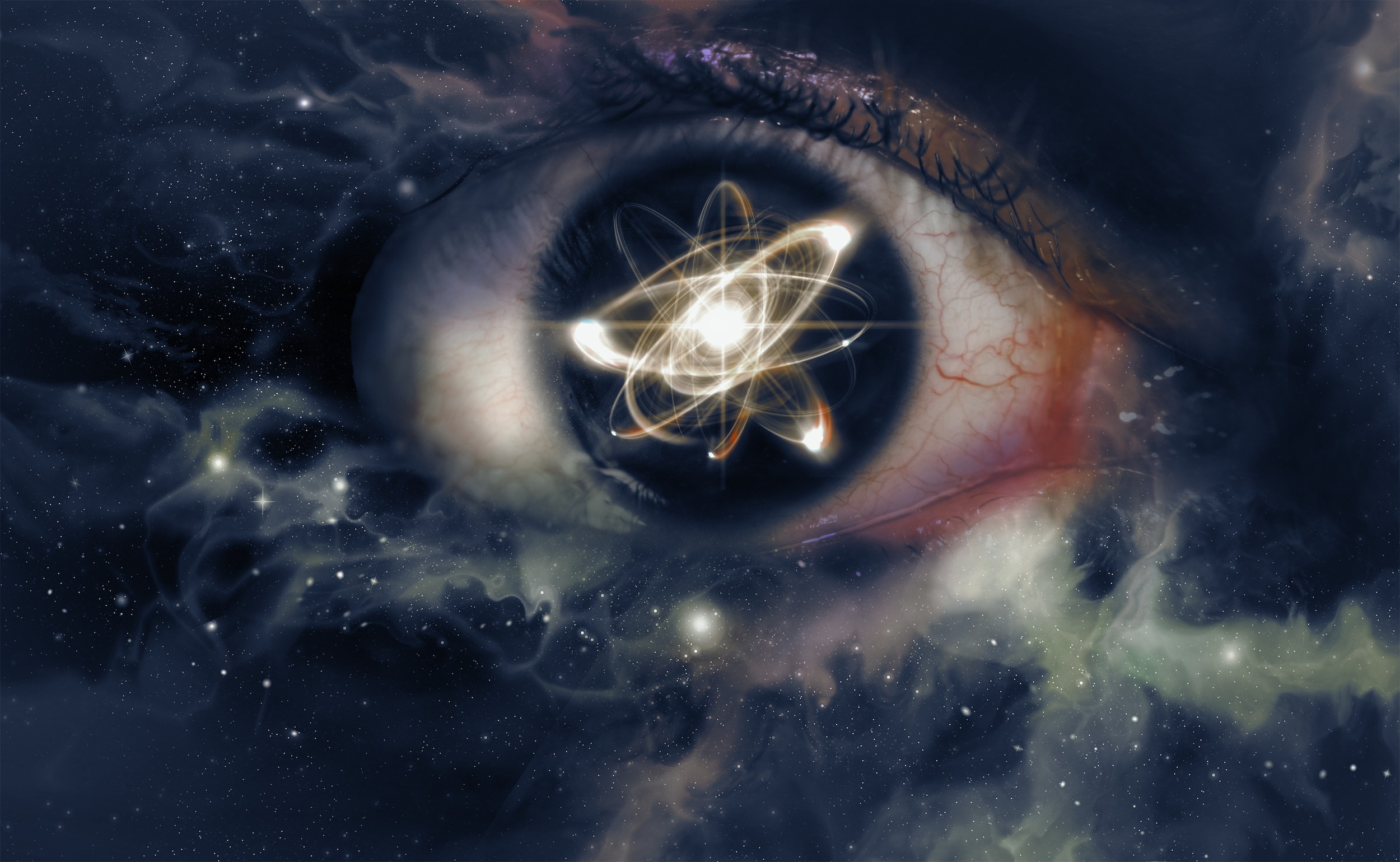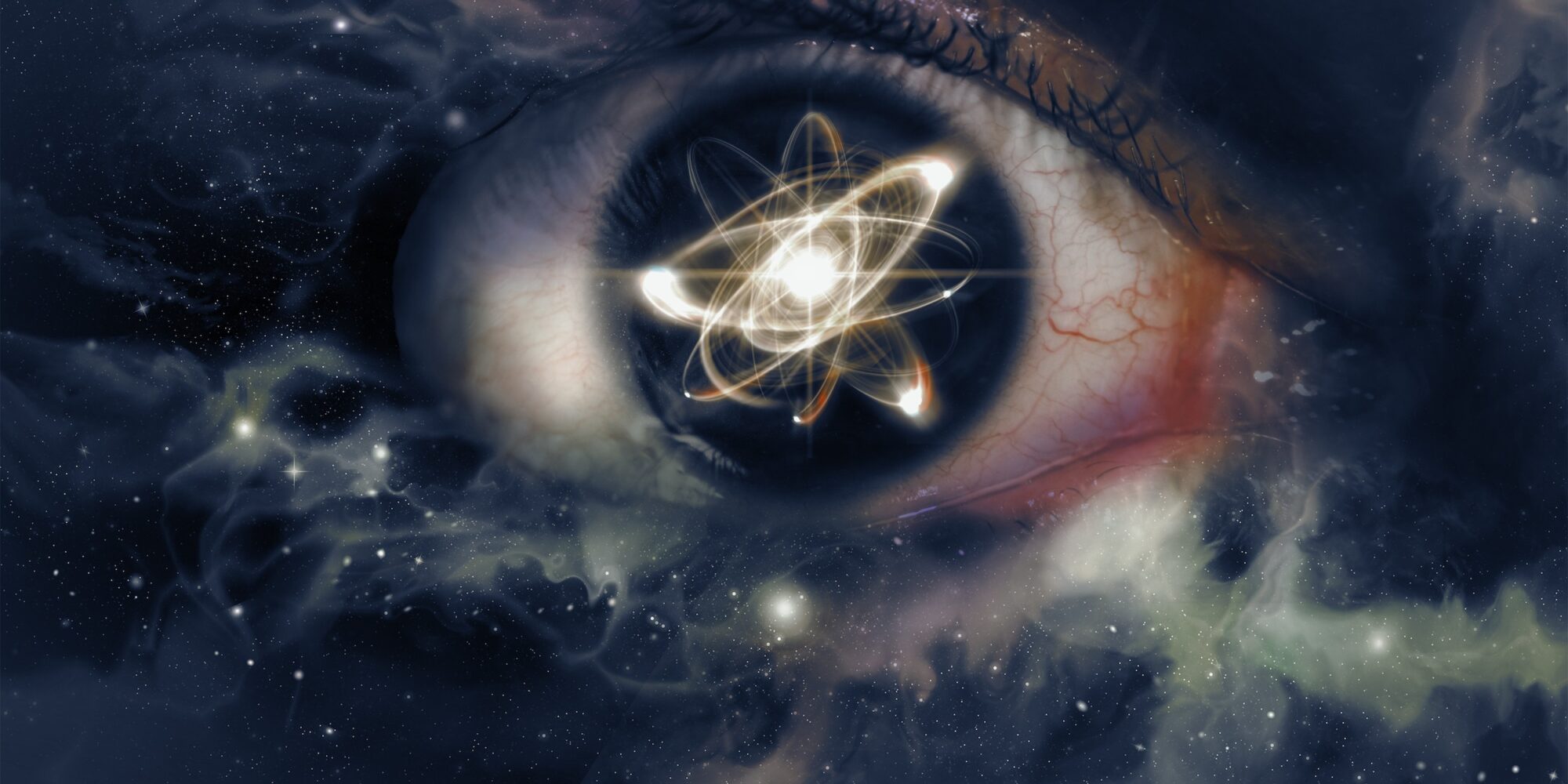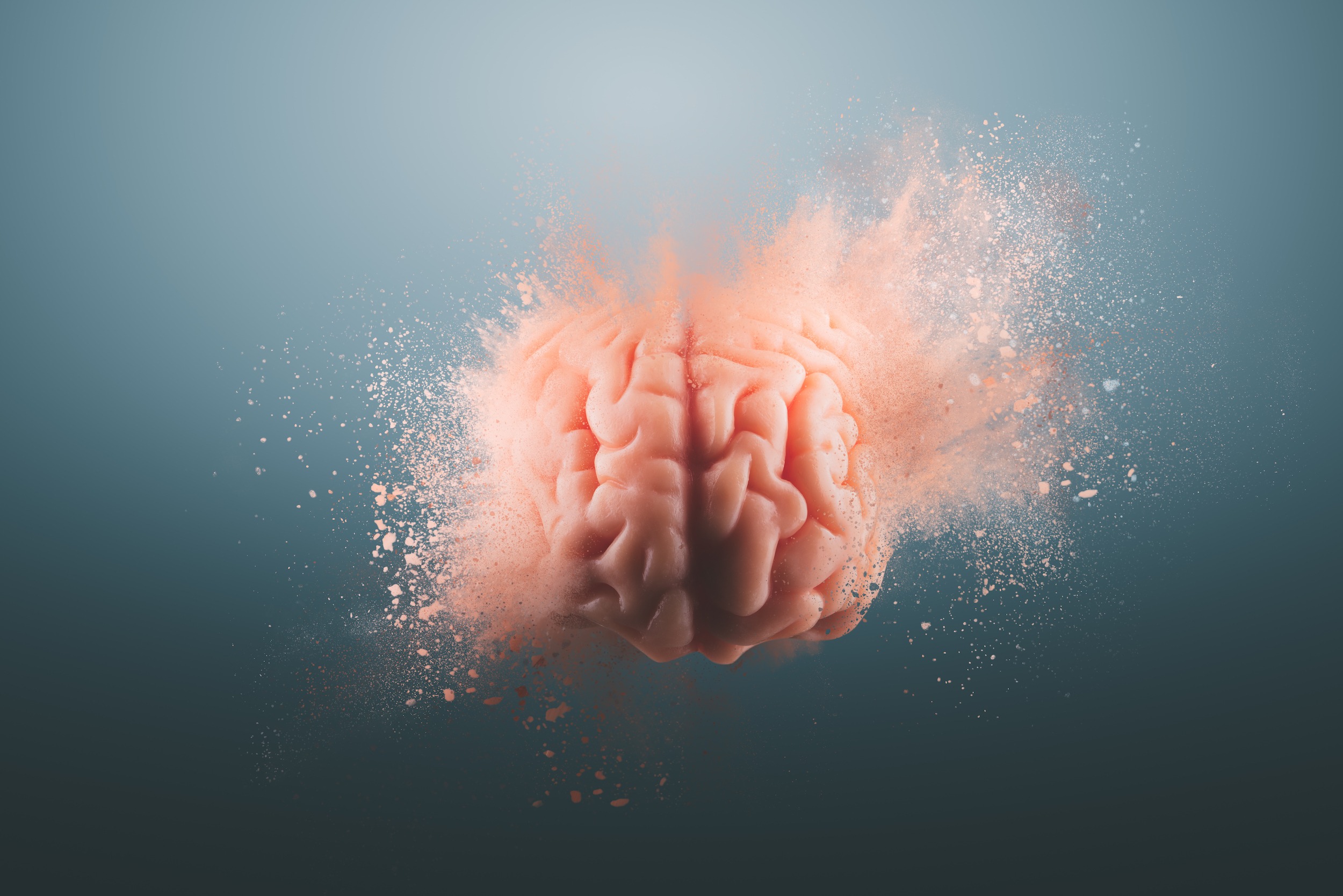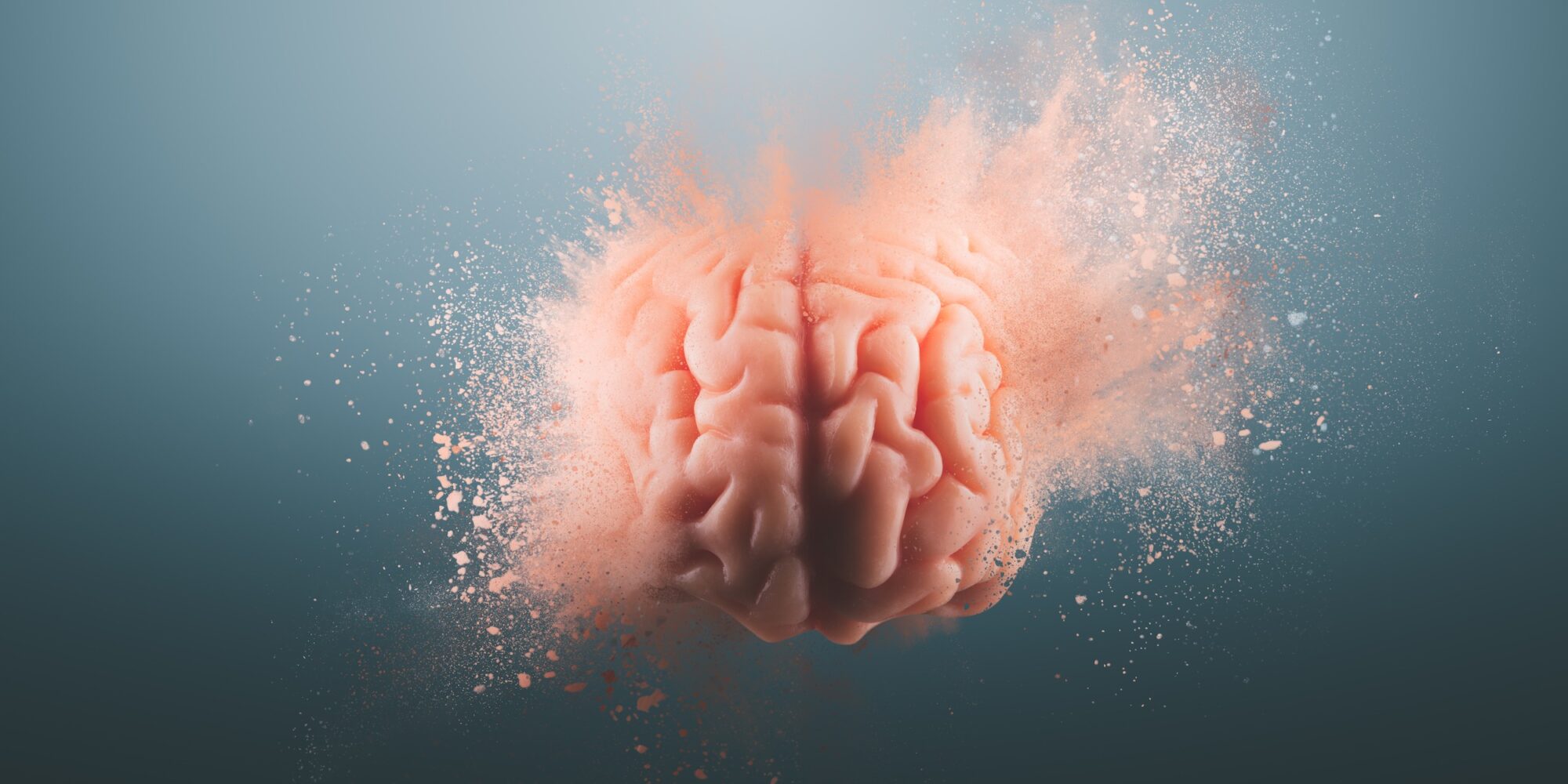Reality is the tapestry of perception (The Return of Idealism)
Reading | Metaphysics
![]() Dr. Helen Yetter-Chappell | 2024-05-26
Dr. Helen Yetter-Chappell | 2024-05-26

The materialist worldview robs reality of its colour, temperature, smell, leaving us with a picture that is radically at odds with our common sense understanding of the world. Helen Yetter-Chappell proposes an alternative: reality is made of experiences, woven together into an experiential tapestry that persists even when we aren’t looking. This essay is the latest instalment of our series ‘The Return of Idealism,’ in partnership with the Institute of Art and Ideas (IAI). It was first published by the IAI on 20 May 2024.
Snow is white. Fire is hot. What could be more obvious? Yet a surprising number of philosophers do not think these things are true in the way that we ordinarily presume.
What is it for something to be hot? You know this. You’ve felt heat before. It’s warm, then it’s unpleasant, then it burns. It feels … hot. But when scientists look around, they don’t find the hot feel. What they find is molecules bouncing around rapidly. So scientists (re)define heat as molecular kinetic energy.
What is it for something to be white? You know this, too. It looks… white. But when scientists look around, they don’t find this whitish “look.” They find objects with different molecular structures, reflecting and absorbing different ranges of the electromagnetic spectrum. So white is (re)defined as having a molecular structure that reflects all electromagnetic radiation with wavelengths from 380 to 700 nanometers.
It would be absurd to deny that hot things have high molecular kinetic energy or that white objects reflect light in a certain wavelength. It is the business of science to reveal the structural features of the world around us. And it is amazing at doing so. But many philosophers go a step further. They take these structural features to be all that the world contains of heat and color. The whiteness that I thought was part of reality is but an illusion generated by my brain.
These are extreme simplifications of a rich philosophical literature on the nature of color. The key point is that the standard scientific image of the world depicts a radically alien place, leached of all warmth and color that infuses our experiences. The world is made into a blank dot-to-dot with no substance.
But does it have to be this way? Could the structures revealed by science themselves be infused with qualities like warmth and color? And what would the world have to be like, for this to be possible?
Berkeley’s Idealism
Enlightenment philosopher George Berkeley famously pushed back against this stark materialistic view on which reality is bereft of “sensible qualities”:
[I]t is my opinion that the real things are those very things I see, and feel, and perceive by my senses. These I know; and, finding they answer all the necessities and purposes of life, have no reason to be solicitous about any other unknown beings. … It is likewise my opinion that colours and other sensible qualities are on the objects. I cannot for my life help thinking that snow is white, and fire hot. (Third Dialogue)
Berkeley argued that nothing but an experience can be like an experience. (If you’re unsure, try denying it. Try imagining something that’s not an experience but is qualitatively like a tickle. Doesn’t make much sense, does it? Berkeley thinks the same is true for the experience of heat and whiteness.) If this is right, it’s no wonder most philosophers embrace a conception of reality as radically alien to us. Most philosophers are materialists. That is, they hold that reality is mind-independent. But the world as we know it is the world we experience. All that we know of reality – even all that we know from science – comes from our experiences of the world we live in. If the external world does not include experientiality, and nothing but an experience can be like an experience, the world we live in is nothing like the world we think we live in.
I’m actually very sympathetic to the idea that our knowledge of the world we live in is radically impoverished. But it is a sufficiently alienating view that I think it’s worth exploring alternative conceptions of reality to see whether we can’t embrace both our intuitive understanding of the world and the lessons science teaches us about the structure of reality.
Berkeley’s answer was the world around us is a collection of ideas—which we can roughly think of as mental images. This is a view known as idealism. Think about the chocolate cake you baked last night. What do you know of it? It’s brown and spongey; sweet and chocolatey; it’s got lighter colored, gooey buttercream frosting. According to Berkeley, the cake just is a collection of the experiences one has when one encounters the cake (brownishness, sweetness, etc.). There could also be far more to the cake than what I or you experience. Your friend with covid may not be able to taste the chocolatiness that you taste. Your blind friend may not be able to see the brownness that you see. Conversely, you can’t smell the complex overtones that the dog smells or sense the infrared that the snake senses or see the molecular structure that a scientist looking through a microscope sees. But Berkeley can accept that all of these are equally real features of the cake.
So idealists hold that reality is fundamentally mental: a structured collection of experiences. A problem immediately arises for such a view. If reality is a bunch of experiences, what happens when no one’s there to experience it? Suppose you put your chocolate cake in the fridge overnight. There’s no one there in the fridge to experience it. When I open the fridge in the morning, there it is. But what happened to it in the meantime? Did it pop out of existence and then pop back? Worse still, what if there’s no one behind my cake, looking at the other side of it? Does the other side not exist? Does its sweetness exist when no one’s eating it, or just pop into being when I start eating?
To have to answer yes to these questions would be an embarrassment, particularly for a view that is predicated on capturing common sense. And the challenge points to a more general worry: the worry that (in taking reality to be mind-dependent) we’ve done away with reality, making it nothing more than an elaborate imagination.
Fortunately, Berkeley has an answer: God. The details of Berkeley’s account are debated. But one simple interpretation (likely not Berkeley’s actual view) is captured by a famous limerick:
There was a young man who said God,
must think it exceedingly odd
if he finds that the tree
continues to be
when no one’s about in the Quad.Dear Sir, your astonishment’s odd
I am always about in the Quad
And that’s why the tree
continues to be
since observed by, Yours faithfully, God.
The cake doesn’t pop in and out of existence. Why? Whether it’s in the fridge or on my plate or in my stomach, God is always perceiving it. Likewise, the cake’s attributes (its backside, its sweetness) also remain constant. The same is true for the world more generally: It persists and unfolds, regardless of our thoughts, attention, or experiences, in the mind of God. Reality may be mind-dependent, but is not my mind dependent or human mind dependent.
Berkeley has not done away with reality: He’s given an account of the nature of reality. He has not made reality insubstantial. If anything, he’s given us substance—filling in the blank dot-to-dot embraced by materialism. As Berkeley quips, “a piece of sensible bread, for instance, would stay my stomach better than ten thousand times as much of that insensible, unintelligible, real bread [materialists] speak of.”
Nontheistic Idealism
I myself am agnostic. If idealism requires a traditional Judeo-Christian God, that strikes me as a cost. My book, The View from Everywhere (forthcoming with Oxford University Press), argues that idealism does not require such a God.
God is traditionally taken to be an omni-benevolent, omnipotent, omniscient agent. But none of these features are essential for God’s role in sustaining your chocolate cake. God could harbor occasional wicked thoughts or be unable to perform miracles and still sustain your chocolate cake. And God needn’t have beliefs (and hence knowledge) to sustain the cake. What is essential—at least on the view embodied by the limerick—is simply God’s sensory experiences: The experiences of brownness, chocolatiness, sweetness, and sponginess, as well as the structural relations between these experiences. I proposed peeling away the inessential attributes for a more minimal non-theistic form of idealism.
God’s mind is like a “black box” to us. For the traditional theistic idealist, a huge amount of work is concealed from us inside of this black box. Non-theistic idealism invites us to peek inside the black box and uncover the mysteries of how it all fits together.
I suggest that reality is a sort of “experiential tapestry” woven out of experiential threads. The central work is to explain (i) what makes up the threads, (ii) how the threads are structured or “woven” into a world, and (iii) how we relate to the experiential tapestry… and, finally, (iv) to show that we don’t need to abandon our scientific worldview to do so.
The experiential threads that make up our world go far beyond the experiences that you or I have. The experiential tapestry extends into my closed refrigerator (just as God’s experiences would). And the threads that make up the tapestry go far beyond the experiences that human beings are even capable of having. Bees, with their ability to see ultraviolet, snakes with their ability to detect infrared, and migratory birds, with their ability to detect the earth’s magnetic field, all experience aspects of reality—of the experiential tapestry—that we do not.
A wool tapestry isn’t merely a pile of yarn. The yarn is woven—structured—into a whole. Likewise, the experiential tapestry is not a jumble of disconnected experiences. Reality has structure. What structures reality is not over-under relations, but the same sorts of relations that structure our minds. Think about the experience of sitting outside on a hot summer day, sipping a cold drink, and watching a cardinal hopping about the branches of a tree. Your experience includes heat, cold, red, and green. But these experiences aren’t a disorderly jumble. The coldness seems bound up with the cup, the ice cubes, the liquid. The redness seems to inhere in the bird shape; the greenness in the leafiness overhead. Philosophers and psychologists have done a lot of work teasing out how to make sense of the relations that structure our experiences. On the view I develop, these same relations that structure our minds—the unity of consciousness, property binding, and spatiotemporal relations—also provide the structure of the experiential tapestry.
Non-theistic idealism, like Berkeley’s idealism, offers a picture of reality that is as it appears, building sensible qualities into its most fundamental nature.
But one of the aspects of the view that I find most exciting is that it opens up a new way of thinking about our relation to the world we live in. We are all well acquainted with our own feelings. When you stub your toe, you don’t have to infer that you’re in pain. You know it directly. Your pain is a part of you. I argue that our minds can overlap with the experiential tapestry, such that we can be as intimately related to the world we perceive as we are to our own pains. The sweetness you taste as you bite into the cake is literally a part of the cake (and the experiential tapestry). But when you taste it, it also becomes a part of your mind. We are not disconnected from reality, but embedded within and enmeshed in it.
Finally, I argue that idealism is compatible with contemporary science. Science tells us about the structure of reality. No experiments can reveal to us the ultimate nature that exhibits this structure. Idealism, by contrast, is a view about the ultimate nature of reality. Science tells us about the gravitational effects of black holes, the processes by which nuclear fission works, the particles that make up atoms, the forces that bind these particles together. And to this, the idealist replies “yes, and it’s all experiences.”
This is just an outline of the view I develop. I cannot say enough here to fully develop it or to defend it (though I discuss the view in more detail here and in recent articles). But I think it’s clear that it gives a radically different conception of reality and our place in it—a picture on which the world we inhabit is not divorced from the world we experience.
None of this is a knock-down argument for idealism. I don’t think there is a knock-down argument for idealism. I don’t think we should expect to have unquestionable insight into the nature of the world we live in. Perhaps reality is stark and alien after all. But we are not forced to accept the alienating view of materialism. Idealism offers an enticing alternative, which is worth taking seriously.





